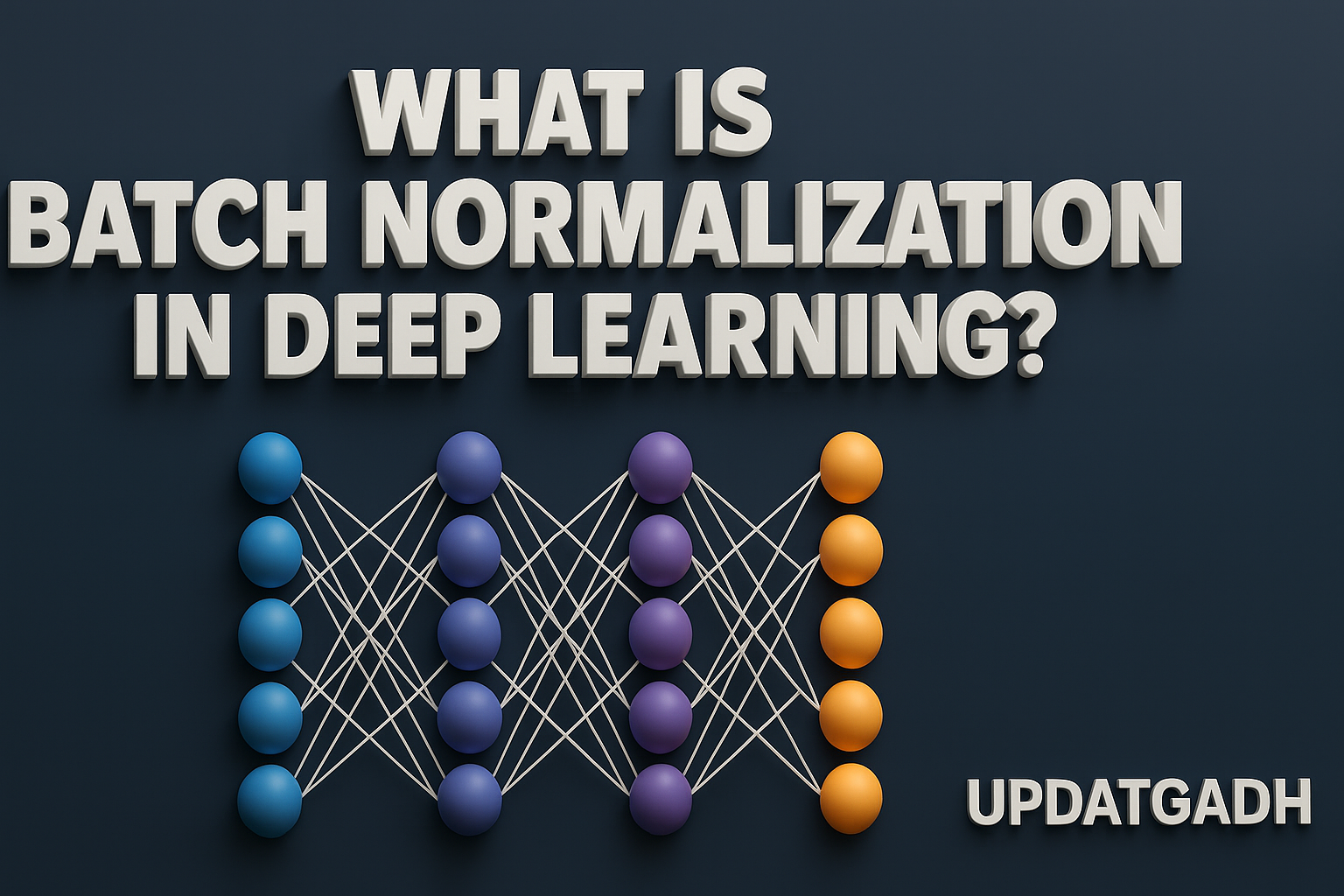
What is Multidimensional Scaling?
What is Multidimensional Scaling
Multidimensional Scaling (MDS) is a powerful statistical technique used to visualize the degree of similarity or dissimilarity among a set of objects. It transforms pairwise distances between data points into a lower-dimensional space—commonly two or three dimensions—so that patterns, clusters, and relationships can be observed more easily.
Understanding the Concept
The core idea behind MDS is that data points can be represented as objects in a geometric space, where the distance between them corresponds to how similar or dissimilar they are. This approach is particularly useful when data does not naturally have a coordinate-based representation—such as consumer preferences, psychological perceptions, or qualitative survey responses.
Machine Learning Tutorial:-Click Here
Data Science Tutorial:–Click Here
Complete Advance AI topics:-CLICK HERE
DBMS Tutorial:-CLICK HERE
How MDS Works
- Input Data (Dissimilarity Matrix):
MDS begins with a dissimilarity matrix, which captures the perceived distances between objects. These values may be exact (e.g., geographical distances) or abstract (e.g., similarity ratings from a survey). - Choose the Number of Dimensions:
Typically, a 2D or 3D space is selected for ease of visualization. Higher dimensions can better preserve distances but are harder to interpret. - Optimization Process:
The algorithm assigns coordinates to objects in the chosen dimensional space. Its goal is to minimize a stress function—a measure of how well the distances in the reduced space reflect the original dissimilarities. Iterative optimization methods, like gradient descent, are used to adjust positions until the best fit is achieved. - Final Output:
The result is a spatial map where similar items are located closer together and dissimilar ones farther apart. This makes it easier to detect hidden patterns, clusters, or relationships in complex datasets.
Types of Multidimensional Scaling
1. Metric MDS (Classical MDS)
- Preserves actual numerical distances.
- Based on Principal Coordinate Analysis (PCoA) and eigenvalue decomposition.
- Works best with measurable, ratio-scale distances (e.g., distances between cities).
- Useful for physical, financial, or scientific data where actual distance values matter.
2. Non-Metric MDS
- Focuses on preserving the rank order of similarities rather than exact distances.
- Ideal for ordinal data like consumer preferences or psychological rankings.
- More robust when precise numerical values are unavailable.
- Common in market research, psychology, and sociology.
3. Individual Differences Scaling (INDSCAL)
- Extends MDS to handle data from multiple individuals or groups.
- Captures both the common structure and individual variations.
- Helpful in consumer behavior studies or cultural comparisons.
4. Generalized MDS (GMDS)
- Works with non-Euclidean and curved spaces.
- Useful in advanced domains such as computational biology, neuroscience, and geometry.
- Captures nonlinear structures that traditional MDS cannot.
Steps in Multidimensional Scaling
- Collect & Prepare Dissimilarity Matrix – Ensure data is symmetric with zero diagonal values.
- Decide the Number of Dimensions – Typically 2D or 3D for interpretability.
- Apply MDS Algorithm – Assigns coordinates and minimizes stress.
- Compute Stress Value – Lower stress indicates a better fit.
- Visualize Results – Plot the final spatial map to observe clusters and patterns.
- Validate the Solution – Check stress values, compare with other methods, and ensure consistency.
Applications of MDS
Market Research & Consumer Behavior
- Used to create perceptual maps of brands or products.
- Helps identify market gaps and positioning strategies.
Psychology & Social Sciences
- Analyzes how people perceive emotions, colors, or social issues.
- Useful in cognitive and clinical psychology.
Bioinformatics & Genetics
- Visualizes genetic similarities or evolutionary relationships.
- Supports clustering of DNA sequences and disease research.
Machine Learning & Data Science
- Reduces high-dimensional data into interpretable 2D/3D plots.
- Supports clustering, pattern recognition, and feature similarity analysis.
Healthcare & Medical Research
- Identifies subgroups of patients with similar symptoms.
- Applied in neuroscience, epidemiology, and clinical studies.
Linguistics & Text Analysis
- Studies relationships between languages, dialects, or word meanings.
- Applied in semantic analysis and text mining.
Political Science & Sociology
- Maps ideological positions of political candidates or parties.
- Helps analyze social networks and group behaviors.
Advantages and Limitations
Advantages:
- Intuitive visual representation of complex relationships.
- Works with both metric and non-metric data.
- Reveals hidden clusters and structures.
Limitations:
- Computationally demanding for large datasets.
- Requires appropriate choice of distance metric.
- Interpretations may vary depending on domain knowledge.
Complete Python Course with Advance topics:-Click Here
SQL Tutorial :–Click Here
Download New Real Time Projects :–Click here
Conclusion
Multidimensional Scaling is a versatile tool that simplifies the visualization of complex datasets by representing similarities and dissimilarities in an intuitive geometric space. From market research to genetics, psychology to political science, MDS provides valuable insights by uncovering patterns and relationships that might otherwise remain hidden.
For researchers, analysts, and data scientists, MDS remains an essential technique for transforming high-dimensional data into meaningful, actionable insights.
multidimensional scaling example
what is multidimensional scaling in research methodology
multidimensional scaling pdf
multidimensional scaling in psychology
multidimensional scaling ppt
types of multidimensional scaling
multidimensional scaling in spss
multidimensional scaling in marketing research
what is multidimensional scaling with example
what is multidimensional scaling pdf
what is multidimensional scaling mds










Post Comment